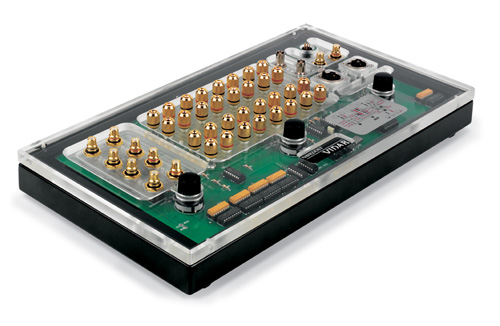Cable Burn-In and Settling
In our experience cable burn-in is not only a very real issue, it’s not a simple, linear process. Some cables take much longer to run in than others, particularly those using silver (or silver-plated) conductors, especially in association with Teflon or FEP dielectrics. In fact, Teflon seems particularly problematic in this regard; just look at the break-in times quoted for the Teflon caps becoming increasingly popular in high-end circles. This variation with material accounts in part for the confusion, but it’s not the whole story. As mentioned earlier, burn-in is not linear and quite often progresses in fits and starts -- and no, we don’t know why that is; it’s just something that we’ve observed. Indeed, sometimes you will hear a cable go through a series of cycles, sounding first better, then worse before sounding even better than before. To further muddy the waters, burn-in is a reversible process. Take a cable out of a system, transport it and then put it into another system and its performance will have suffered, taking a while to get back to its best. This is probably part mechanical and part charge related, but it definitely happens. It also happens to a lesser extent when you remove a cable from a system and leave aside before later reconnecting it -- something that makes cable comparisons an even bigger nightmare. Fortunately (at least in some ways) there’s not much you can do about this, save following a few simple rules:
Treat your cables with a little consideration and they’ll repay you with a consistently musical performance. But fuss and fiddle with them and, just like with the rest of your system, you may never hear what they’re truly capable of. |

 able burn-in has to be one
of the most contentious of all cable-related issues. Not even the various cable
manufacturers can agree as to how important it is, whilst there are other people who will
tell you that it’s complete rubbish and can’t possibly exist! Mind you, most of
them are the same people who will tell you that all cables sound the same.
able burn-in has to be one
of the most contentious of all cable-related issues. Not even the various cable
manufacturers can agree as to how important it is, whilst there are other people who will
tell you that it’s complete rubbish and can’t possibly exist! Mind you, most of
them are the same people who will tell you that all cables sound the same.